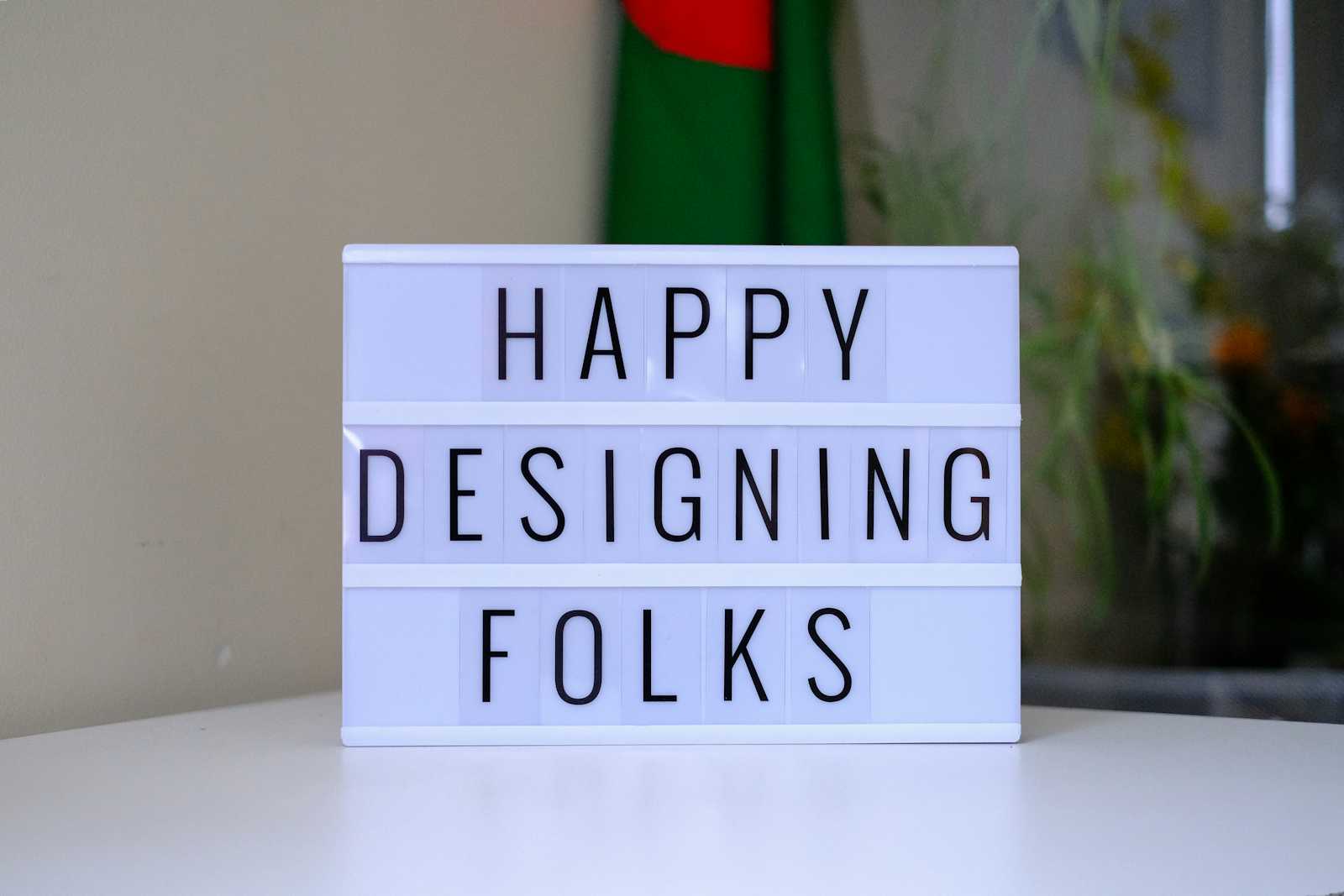UI and UX Methodologies
 Preeti Samuel
Preeti Samuel
UI and UX methodologies provide structure and consistency for problem-solving, execution, and success in design processes, ensuring alignment within projects, organizations, or industries, with designers having the freedom to select various methods.
“UI and UX methodologies guide design projects.”
Here are a few widely used methodologies, along with explanations and examples:
Ensure a systematic, collaborative, and efficient approach.
A systematic approach to design ensures a clear process with well-defined goals at each stage. To implement this, adopt a structured methodology like Design Thinking or Double Diamond, which follows a clear flow from problem identification to solution delivery.
1. Design Thinking
What it is: A human-centered approach to innovation that draws from the designer's toolkit to integrate the needs of people, the possibilities of technology, and the requirements for business success.
Phases:
Empathize: Understanding the user’s needs through research, interviews, and observation.
Define: Clearly define the problem or challenge that needs solving.
Ideate: Brainstorming multiple ideas for solutions.
Prototype: Creating simplified versions of the product or feature.
Test: Testing the prototype with real users for feedback.
Example: A team working on a mobile banking app could use Design Thinking to identify users' frustrations with the app interface. They’d empathize by conducting user interviews, defining the exact problem (e.g., navigation complexity), ideating solutions like simplified menus, creating prototypes of the new designs, and testing them with users.
This approach helps move from understanding user needs to ideating and testing solutions. Use design frameworks and guidelines like Atomic Design to maintain consistency. Document every phase, including user research findings, wireframes, prototypes, and feedback, using tools like Notion, Confluence, or Miro. Set clear goals and metrics for each stage, such as user satisfaction rates and task completion times, to track progress and success systematically.
• Define goals and identify user needs.
• Create user-centered solutions.
• Several widely used methodologies were provided.
2. Double Diamond
What it is: This methodology is used to approach design problems by first understanding the problem space (the first diamond) and then defining the solution space (the second diamond). It emphasizes diverging (exploring ideas) and converging (refining ideas).
Phases:
Discover: Researching and gathering insights into the problem.
Define: Narrowing down to a clear, focused design brief.
Develop: Exploring different solutions and ideas.
Deliver: Prototyping and finalizing the chosen solution.
Example: In redesigning a public transportation app, the team would first research users’ issues with the current app (Discover), define the main pain points (Define), brainstorm multiple design solutions (Develop), and test a few prototypes (Deliver) to finalize the best one.
3. Lean UX
What it is: Lean UX focuses on minimizing the amount of time and effort spent on design by developing small, incremental solutions and immediately validating them with user feedback. It emphasizes collaboration and early testing.
Phases:
Build: Develop a small feature or functionality.
Measure: Collect data and feedback from users on that specific feature.
Learn: Adjust the design based on feedback and move on to the next iteration.
Example: For a news app, a team might build and release a minimal version of a new content filtering system, collect user feedback on its usability, and then refine it in the next development cycle, ensuring each iteration is better suited to user needs.
4. Agile UX
What it is: An iterative methodology that combines Agile software development practices with UX design. The goal is to design and develop in small, iterative cycles, continuously improving the product based on user feedback.
Phases:
Sprint Planning: Defining what features will be worked on in a short cycle (1-2 weeks).
Design: Creating wireframes, mockups, or prototypes for the planned features.
Development: Coding and integrating the designs into the product.
Review: Testing the design with users and stakeholders for feedback.
Example: A team building a shopping app might break the process down into smaller components, like designing and developing the product search feature in one sprint. Once completed, they test it, gather feedback, and refine it while moving on to the next feature, like the shopping cart.
5. User-Centered Design (UCD)
What it is: A process that puts the user at the forefront, ensuring their needs, wants, and limitations are considered at every stage of the design process.
Phases:
Research: In-depth user research (e.g., surveys, interviews, persona creation).
Design: Creating designs based on user insights and feedback.
Evaluation: Continuously evaluating the design with users through testing.
Iteration: Repeating the process based on user feedback.
Example: When designing a healthcare app for elderly users, a team could conduct surveys and interviews to understand their specific needs, such as larger fonts and simpler navigation. They design with these needs in mind, test the design with the users, and then iterate based on feedback.
6. Job-to-be-Done (JTBD) Framework
What it is: This methodology focuses on understanding the jobs users want to get done and then designing solutions that help users achieve these jobs more efficiently.
Phases:
Identify Jobs: Determine what jobs users are trying to accomplish with your product.
Design for the Job: Create a solution that helps users do the job more effectively.
Test: Validate if the solution meets the users’ goals.
Example: A team designing a fitness tracking app could identify that users’ "job to be done" is tracking daily exercise efficiently. They would focus on creating a seamless workout logging feature, ensuring that it integrates easily into users’ daily routines.
7. Conversion Rate Optimization (CRO)
What it is: A UX methodology focused on improving the performance of a website or app in terms of user conversions (e.g., signing up for a service or purchasing a product).
Phases:
Analysis: Using data (e.g., analytics, heatmaps) to identify problem areas.
Testing: Creating variations (A/B testing) of different design elements (e.g., call-to-action buttons, forms).
Optimization: Implementing the design that converts better.
Example: A SaaS company looking to increase sign-ups might experiment with different wording and placement for their "Sign Up" button. By A/B testing different versions, they found that a larger button with more direct language ("Start Free Trial") converts at a higher rate.
Collaborative: Throughout the process:
Participate in workshops with developers and stakeholders while ideation and prototyping are underway.
Share design files with your team using Figma so they may offer feedback and suggestions for enhancements.
To make sure there is agreement on the chosen course of action, conduct design reviews and solicit input from cross-functional teams.
Efficient: To optimize the workflow:
Apply the concepts of lean UX, create brief, tested improvements (such as enhancing the product search tool alone), and get input from users at the end of each sprint.
Use a design system to create reusable user interface components to save time when designing new pages and to ensure uniformity throughout the application.
To expedite the user research process, automate the gathering of feedback by tracking user interactions and pain points using technologies such as Hotjar.
Conclusion
UI/UX methodologies provide structure and a user-centered approach to design. By selecting the right method for a project, teams can ensure they are addressing user needs efficiently while achieving business goals. Each of these methodologies offers different strengths, from rapid iteration to deep user empathy, making it possible to approach a wide variety of design challenges.
Subscribe to my newsletter
Read articles from Preeti Samuel directly inside your inbox. Subscribe to the newsletter, and don't miss out.
Written by

Preeti Samuel
Preeti Samuel
I am Kamilla Preeti Samuel, a Fullstack Developer with expertise in various programming languages including JavaScript, C++, HTML/CSS, Bash, and Python. I have a strong foundation in databases like MySQL and MongoDB, and I work with frameworks such as React.js, Node.js, and Next JS. Over the years, I have built and contributed to various applications, gaining valuable hands-on experience in both backend and frontend development. In my career, I’ve worked as a Junior Software Engineer at Bytestrum, focusing on software development, and as a UX and UI Designer at NUK9, where I contributed to crafting user-centered design solutions. I am proficient with tools like Figma, Git, Heroku, Adobe XD, and more, which I use to deliver efficient and visually appealing applications. Beyond my technical roles, I have also worked as a freelancer, offering services in UX/UI design, local SEO, content marketing, SEO, and content writing. I am passionate about collaborating with cross-functional teams to create seamless digital experiences and continually exploring new tools and frameworks to stay ahead in the fast-evolving tech landscape. UX & UI Designer | Full Stack Web Developer | Figma | Adobe XD |UI Bakery| Mock Plus | Mock Plus | Marvel | Mockflow| Freelancer | Local SEO | Content Marketing | SEO | Content Writer